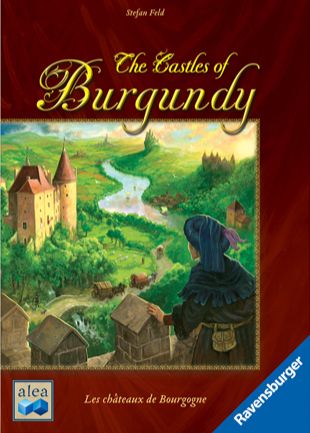Bluffing games feel so good when you win. It doesn't even matter if they're good.
Not that Insider isn't good. Or that it is good. Or... well... hm.
Insider is a four to eight player bluffing game that strips away all the extra roles that started making their way into games like Werewolf, Coup, and The Resistance, leaving you with only one word master, one insider, and a bunch of scrubs. Like Werewords, it's based on the Twenty Questions idea—the master and insider know the word, and everyone gets to ask the master yes/no/I don't know questions to figure out what the word is. The insider is on a separate team from everyone else; if the word isn't solved, everyone loses, but once it is, everyone has to guess the insider. Then either the insider wins or the master and scrubs do.
Everyone gets a secret role; the master flips his up immediately, while everyone else keeps theirs face down. The word is determined by flipping a card with six words on it, then using the number on the back of the next card to decide which word on the list will be used. It feels like they chose six because of six-sided dice, which makes me wonder if some earlier variant used a die to determine the word, but it doesn't matter much. The system's fine as long as everyone's clear on how it works (we had a minor issue with that). Everyone closes their eyes, the master looks at the word, closes his eyes, the insider looks at the word, closes her eyes, and then everyone opens their eyes. No slapping the table required since nobody should need to move to see the cards, so that's a positive on the bluffing game part.
Flip the five minute hourglass, and you're off. Everyone asks questions to work their way toward the answer. Having a master who knows how to communicate is critical despite the fact they can't use anything other than yes, no, or I don't know for answers, because it's almost a given that at some point questions will be asked which give the master pause. Some questions are very open to interpretation, and it's up to the master to answer questions honestly while using the judgment call ones to guide the players towards the correct answer. For example, 'is it hard?' is easy if the object is a rock or a pillow, but what if it's an arm? Yes and no are both reasonable answers, but a good word master will give the response that he thinks will lead the arc of the questioning back towards the correct word. Likewise, the insider should nudge questioning back on to the right path without going so dramatically into left field that there would be no reason for her to ask a given question without being the insider.
At the end, assuming the word is guessed, sussing out the insider is all that's left. This is where the game got wonky for us, but it's not difficult once you know how it works; the instructions are translated from Japanese, and the flowchart they have which explains the process is not very good. All they needed was a short list.
- Everyone votes on whether or not whoever got the word right is the insider.
- If a majority says yes, they win if they got it right and lose if they got it wrong.
- If a majority says no and the person was the insider, the insider wins.
- If a majority says no and the person was a scrub, then everyone votes for someone else. Whether or not whoever gets the most votes was the insider determines who wins.
When you know how it works, you can understand the flowchart, but when you haven't done it before, step-by-step instructions would be much more useful.
The actual process creates one intriguing twist: the priority the insider should place on getting someone else to guess the word. That guarantees the first vote is on a different person, which significantly improves the insider's chance of winning. This is especially important in a smaller game; with four players, only three can be the insider, and there are theoretically two chances to guess who it is. Those are pretty terrible odds, and you need whatever advantage you can get.
That said, the game still doesn't scale down particularly well. It can play with as few as four, but you really want six to eight. You could probably have fun with nine or ten; as long as nobody has to sit so far away they won't be able to see the cards as the insider, it's worth trying. More than that may make the insider too difficult to guess, but suffice to say this is a larger-scale party game. Just make sure somebody has the rules down cold before you start.
Score: Six scrubs out of eight players.
/pic3325362.jpg)
/pic3627583.jpg)
